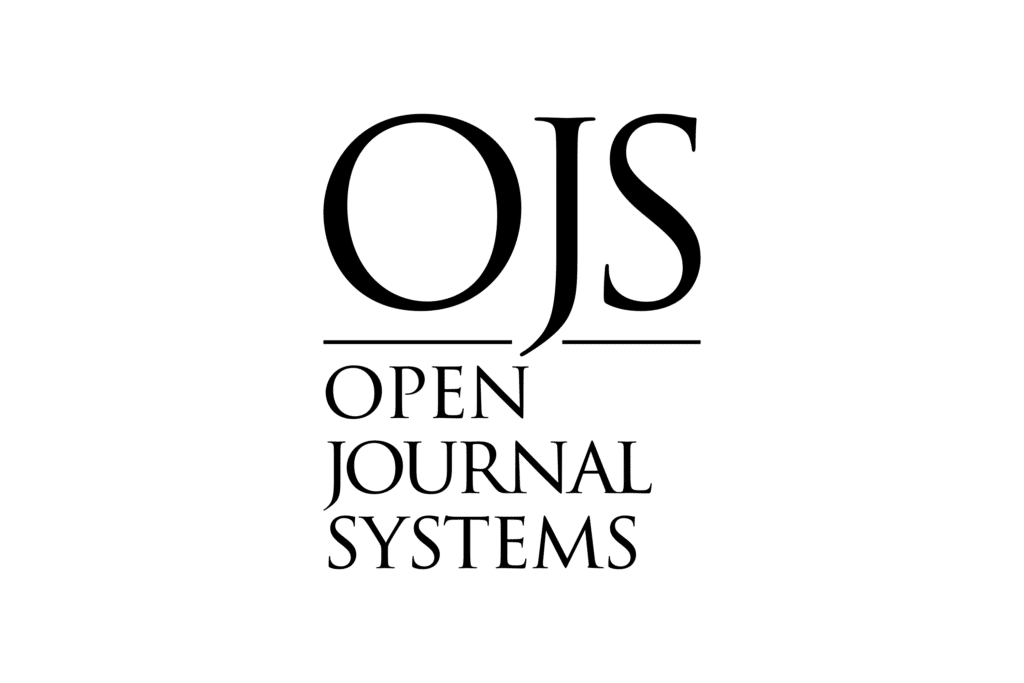COVID – 19 and the Indigenous Peoples of Maranhão
DOI:
https://doi.org/10.52579/diapi.vol5.i2.a20688Keywords:
COVID–19, Vulnerability, Indigenous Health, Indian people, MaranhãoAbstract
Objective: To describe the prevalence of COVID-19 among the Indigenous Peoples of Maranhão, between March 2020 and September 2021. Methodology: Descriptive cross-sectional study, with a quantitative The The objective was to describe the prevalence of COVID-19 among the Indigenous Peoples of Maranhão, between March 2020 and September 2021. Methodology: Descriptive cross-sectional study, with a quantitative approach, carried out through analysis of secondary data on COVID-19 in the population of the State, collected on the COVID-19 platform, SESAI/MS and on the COVID-19 Notification Registration System platform (e-SUS Notifica). Results: The study observed the evolution of the disease and the susceptibility of these peoples, identifying the mortality rate, the number of positive indigenous people, the total number of deaths among ethnicities and the influence of the presence of comorbidities. Of the total notifications, 2,079 confirmed cases of COVID-19 were identified. The Guajajaras were the ethnic group with the highest percentage of confirmed cases, 64.69%. The village population corresponded to 95.18% of the total cases. Of the 2,079 confirmed cases, 51 died. The General Mortality Rate was set at 1.27 and comorbidities were associated with 25.49% of total deaths. Conclusion: Although the State's Indigenous Peoples live, for the most part, in a context of vulnerability, COVID-19 presented a similar trajectory among the State's general population and the State's indigenous population.
Downloads
References
AHMED, Faheem et al. Why inequality could spread COVID-19. The Lancet Public Health, v. 5, n. 5, p. e240, 2020.
BELLIER, Irène. Povos indígenas face ao COVID-19: Panorama geral em agosto de 2020. Vukapanavó: Revista Terena, nº3, p 335 – 359, Out/Nov, 2020.
BRASIL. Ministério da Saúde. Secretaria de Estado da Saúde do Maranhão. Boletim Epidemiológico COVID–19. Maranhão, MA. 30/09/2021. Disponível em: https://www.saude.ma.gov.br/wp-content/uploads/2021/09/BOLETIM-30-09.pdf. Acesso em 17 de julho de 2021.
CHAGAS, Cristiane Alvarenga et al. Prevalência estimada e fatores associados à hipertensão arterial em indígenas adultos Krenak do Estado de Minas Gerais, Brasil. Cadernos de Saúde Pública, v. 36, p. e00206818, 2019.
CODEÇO, Cláudia T. et al. Risco de espalhamento da COVID-19 em populações indígenas: considerações preliminares sobre vulnerabilidade geográfica e sociodemográfica. 4º Relatório sobre risco de espalhamento da COVID-19 em populações indígenas. Núcleo de Métodos Analíticos para Vigilância em Epidemiologia do PROCC/FiocruzGrupo de Trabalho sobre Vulnerabilidade Sociodemográfica e Epidemiológica dos Povos Indígenas no Brasil à Pandemia de COVID-19 e colaboradores. Fundação Oswaldo Cruz. Ministério da Saúde. 2020.
COIMBRA JUNIOR, C. E. A. Saúde e Povos Indígenas no Brasil: reflexões a partir do Iinquérito Nacional de Saúde e Nutrição Indígena. Cad. Saúde Pública 30 (4) Abr 2014.
DANIELSEN, Ann Caroline et al. Sex disparities in COVID-19 outcomes in the United States: Quantifying and contextualizing variation. Social science & medicine, v. 294, p. 114716, 2022.
JONES, F. O enigma da letalidade. Revista Pesquisa FAPESP, ed. 296, 2020. https://revistapesquisa. fapesp. br/o-enigma-da-letalidade, 2020.
MENDES, Anapaula Martins et al. O desafio da atenção primária na saúde indígena no Brasil. Revista Panamericana de Salud Pública, v. 42, p. e184, 2018.
SESAI Secretaria Especial de Saúde Indígena. Boletim epidemiológico da SESAI - COVID–19. 2020. Disponível em http://www.saudeindigena.net.br/coronavirus/mapaEp.php.
SOUSA, Maria da Conceição de; SCATENA, João Henrique G.; SANTOS, Ricardo Ventura. O Sistema de Informação da Atenção à Saúde Indígena (SIASI): criação, estrutura e funcionamento. Cadernos de Saúde Pública, v. 23, n. 4, p. 853-861, 2007.
SOUZA FILHO, Zilmar Augusto de et al. Hypertension prevalence among indigenous populations in Brazil: a systematic review with meta-analysis. Revista da Escola de Enfermagem da USP, v. 49, p. 1012-1022, 2015.
TRIGGLE, Chris R. et al. COVID-19: learning from lessons to guide treatment and prevention interventions. MSphere, v. 5, n. 3, p. 10.1128/msphere. 00317-20, 2020.
WERNECK, Guilherme Loureiro; CARVALHO, Marilia Sá. A pandemia de COVID-19 no Brasil: crônica de uma crise sanitária anunciada. Cadernos de Saúde Pública, v. 36, p. e00068820, 2020.
Downloads
Published
How to Cite
Issue
Section
License
Copyright (c) 2024 Célia Regina de Araújo do Amaral, Márcio Moysés de Oliveira, Maria Raimunda Santos Garcia, Maria do Carmo Lacerda Barbosa

This work is licensed under a Creative Commons Attribution-ShareAlike 4.0 International License.
Direitos Autorais
A submissão de originais para a Diálogos e Perspectivas Interventivas (DIAPI) implica na transferência, pelas(os) autoras(es), dos direitos de publicação. Os direitos autorais para os manuscritos publicados nesta revista são das(os) autoras(es), com direitos da DIAPI sobre a primeira publicação. As(os) autoras(es) somente poderão utilizar os mesmos resultados em outras publicações indicando explicitamente a DIAPI como o meio da publicação original.
Licença Creative Commons
Exceto onde especificado diferentemente, aplicam-se à matéria publicada nesta revista científica os termos da licença Creative Commons Attribution-ShareAlike 4.0 International License, que permite o uso irrestrito, a distribuição e a reprodução em qualquer meio desde que a publicação original seja corretamente citada.













 Esta obra está licenciada com uma Licença
Esta obra está licenciada com uma Licença 